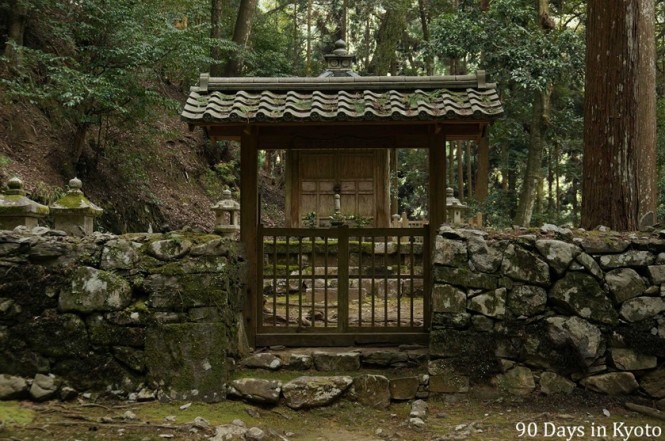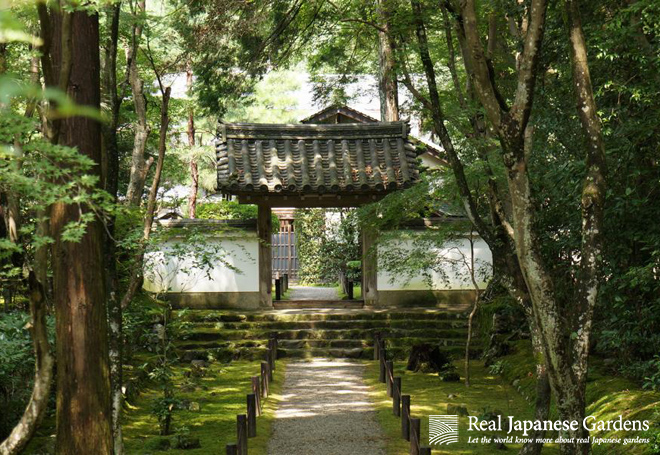I love Kyoto because it is the center for traditional craftsmanship in Japan. Over centuries, emperors, shoguns, religious and political leaders and tradesmen have lived here in beautiful houses and gardens, have held sophisticated parties and indulged in lavish banquets. They have invested in the beauty of Japan – sophisticated craftsmanship, a sense for balance and details, refined cuisine. And this tradition continues until today.
We stopped on our way to the temple at Kakishibu, a shop in Kyoto which sells mainly one thing: The liquid essence of dried and fermented unripe kaki fruits. It is used to dye clothes, wood and protect them against insects and water damage (to some degree). This essence is sold throughout the country, specialist garden shops as well as DIY and hardware stores. It is quite pricey. This small and unsuspicious shop is where they make the essence and run their business:

We bought about 1.5 liters which we filled in a used pet bottle. As soon as the pet bottle was in the car, it started smelling really foul – like rancid butter. You can find more information about Kakishibu in English from this seller’s site in the US.
Kaki (柿) means persimmon, an orange fruit that is harvested from autumn to early winter. The kaki used for kakishibu is Shibu-Kaki. Shibu (渋) refers to the astringent and bitter taste of the fruit. It is furthermore used to describe a visually austere, somber, subdued, subtle, quiet or unobstrusive elegance, an understated beauty.
When oyakata asked me what gardens I like I replied with Obai-in (Daitoku-ji) and Funda-in (Tofuku-ji). To both he replied: Shibui! I have never really thought about it, but in the following days out in Kyoto I realized that I do like shibui things way more than hanayaka (華やか – showy, flowery, bright) things. For example, this small hut in Kozan-ji near Kyoto:

Jizo-in in the Arashiyama mountains in Kyoto:
And this wooden cedar veneer in Shake-machi near the Kamigamo shrine:


[…] painted the framework for the new itabei fence with kakishibu this […]
LikeLike